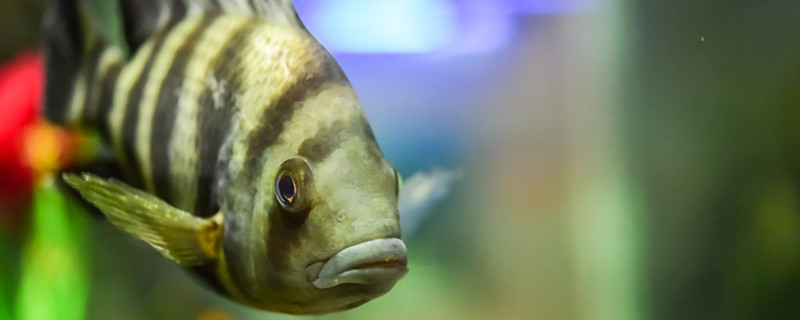
Fish don't cry because they don't have tear ducts. The main function of tears is to moisten the eyes, and at the same time to enter the eyes of foreign bodies can play the role of washing and dilution, in addition to sterilization. Fish themselves live in water, and they don't need tears to keep their eyes moist, so they don't need tears very much.
1. Breathing with gills: Unlike terrestrial animals, fish live in water, and most of them cannot live without water. Therefore, the organ for breathing is not the lungs, but the gills. Fish swallow water all the way into their mouths and then expel it through their gills. When water flows through the gills, the gill filaments inside can exchange gas and obtain oxygen.
2. Body scales: Not all fish have scales, but scaleless fish are very few, most of them have scales. Fish scales are derivatives of skin, mostly calcium, some will cover the whole, some will only cover a part, to avoid mechanical damage to fish, but also to avoid the invasion of pathogens. Usually, fish scales are divided into three categories, namely, scales, hard scales and bone scales.
3, mostly oviparous: Fish are divided into Chondrichthyes and Osteichthyes, Chondrichthyes reproduction is mostly internal fertilization, some are oviparous, some are ovoviviparous. Osteichthyes are in vitro fertilization, reproductive mode is oviparous, and a few are metamorphic development.